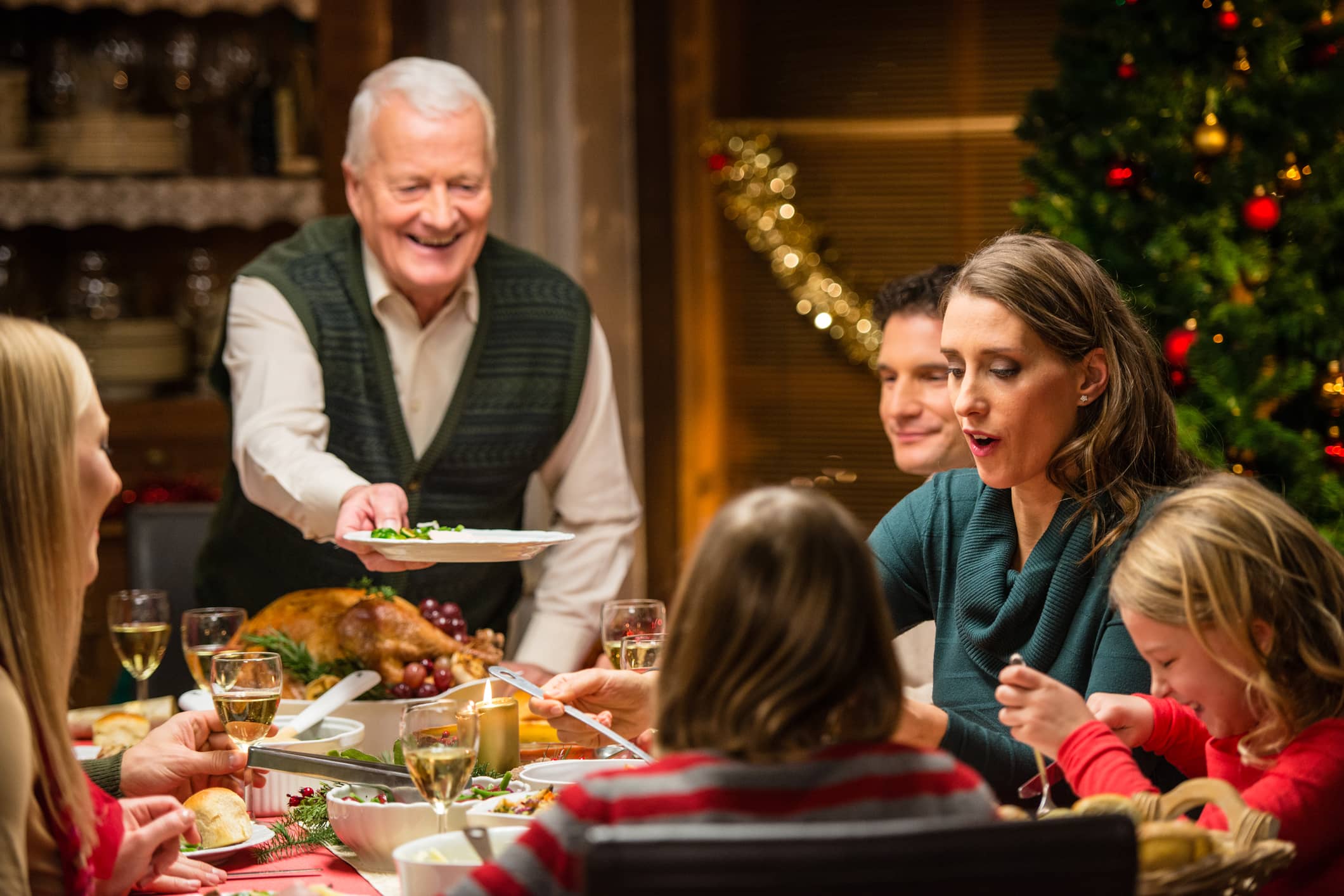When my husband and I got together, children were brought into my life for the first time. Once married, the adjustment to living and interacting with two children was a steep learning curve for me. Navigating daily life together, communicating between households, and adapting to different routines all required constant adjustment, and still does nearly four years later.
Estimated reading time: 4 minutes
It was evident very quickly that boundaries were necessary for our blended family dynamic.
Healthy boundaries learned through coaching from Heartmanity dramatically shaped the development of my marriage, my interactions with the children, and our relationship with the children’s mother.
Understanding the Role and Benefit of Boundaries
"When we hear the word boundary, we typically think of things
we can see or touch. When ball players go ‘out of bounds’ they cross over a line that’s clearly marked. In this regard, boundaries serve to maintain order and give the players a sense of place and purpose." ~Paul Hokemeyer, PhD
Soccer fields and basketball courts, for example, do not have fences; they have lines that clearly delineate the playing area. Each team understands the rules of the game and the consequences of going outside the lines. No one is prevented from going outside the lines, but the game is played within the lines.
In any family, nuclear or blended, these lines (or boundaries) are equally important, but they are invisible.
Setting boundaries in all families protects family values, preserves and builds relationships, and prevents unnecessary issues and misunderstandings. However, due to the complexity of blended families and the different interconnected relationships, healthy boundaries are imperative.
Navigating the unique nature of differing lifestyles, communication styles, work and school schedules (including coordinating vacations), and living within the confines of a parenting plan requires heroic attention. Now add varying parenting styles, financial management, and beliefs—whoa, that’s a lot to manage.
Although the list of differences can be endless, having a starting point and deciding what is most important for your family is crucial. For my blended family’s journey, some specific topics had higher value; therefore, they were more crucial than others in building our family and protecting its sanctity—and sanity!
Related Reading: Learning How to Set Healthy Boundaries with Family

Developing Boundaries Based on Your Families Values
Knowing the values that are the guiding force in your family will help in developing boundaries that best suit your family. I value privacy, tradition, and routine. An important thing that I have learned is that we do not have to do anything like anyone else.
Our family isn’t like any other family. I don’t have to match our lifestyle and routine or keep everything the same for my step-children—neither before my arrival in their lives or in their other household.
Stability and consistency are crucial to children’s safety; however, as they get older, they can better distinguish and understand the differences between households. They understand that things are often done differently between families. Neither way is the right way or the only way, just different.
Children learn respect through moving through the world in different ways, which helps sort and shape their values and self-correct how they live their lives.
“The bond that links your true family is not one of blood,
but of respect and joy in each other’s life. Rarely do members
of one family grow up under the same roof.”
~Richard David Bach
 Boundaries Are Best Built on Respect
Boundaries Are Best Built on Respect
Respect is not just for your nuclear family; respect is for oneself, for each member of your family, and for relationships (past and present). Blended family dynamics can be difficult, and sometimes, we forget that respect and civility are crucial for making the complexity work.
Although conflicts and emotions can often surface, it's how they are handled that matters most. When your step-child is disrespectful, a new set of parenting skills is required because stepparents usually lack a long-term relationship with their step-kids.
Boundaries within one’s self that guide your words and actions are just as important as setting boundaries for others and how you wish to be treated.
Another form of respect among parents is not contradicting each other in front of the children. This awareness has been essential for our family.
If something needs to be discussed about our children, especially when we disagree with each other, it’s handled at a later time privately. We feel they need to see us as a united front.
I've also chosen to leave major decisions up to my husband and their children’s mother without running interference. They are the primary role models, so I want to support what they feel is in the children’s best interest. I believe this backing shows respect for their relationship as parents and best supports my husband and step-children. The children also see a united front among their biological parents as well as their father and me.
Deep Dive: "The Blended Family and Parenting Survival Guide: Solutions for the Top 3 Challenges."
Boundaries and Navigating Co-Parenting Logistics
Boundaries are much more than how we treat each other.
Co-parenting requires navigating millions of details; even the most basic and routine aspects of blended families require boundaries. Children going back and forth between households thrive when healthy boundaries are established around basic routines and logistical items.
Parenting plans are certainly a starting point for handling co-parenting decisions, such as who has children on holidays, who pays for necessary expenses, and a routine visit schedule. But in a respectful co-parenting relationship, circumstances and needs can change as children grow older or family dynamics change.
Boundaries, as well as flexibility, have helped our blended family navigate these topics.

Holidays and Vacations
When it comes to holidays and vacations, does your family enjoy long weekend trips locally, and your children’s other parent plans long trips a couple of times per year?
Does your family love the Christmas season and has a special tradition on Christmas Eve that you want to share with the children in your blended family?
Honoring what is important to each family, even if it doesn’t match a parenting plan perfectly, shows respect for each other. When parents support each other, it creates the best experience for the children.
This harmonious partnership allows parents to model cooperation and learn to negotiate and create win-win solutions.
Shared Expenses
Money can be a sensitive subject in any family. With varying incomes and financial priorities, blended families can feel strained or even become competitive.
Agreeing on how to handle expenses related to the needs of the children ahead of time will help prevent conflicts.
Ask some clarifying questions such as:
- “Is each parent responsible for specific expenses, or are all expenses split?”
- “Are large gifts an individual decision or a shared decision?”
- “Is tuition for a private school split evenly between both parents or are contributions based strictly on income?”
Clarifying boundaries around child-related expenses helps to preserve co-parenting relationships. It’s also a good idea to reassess and discuss as children get older since their needs will change, and situations vary.

Schedules and Routines
The needs of children change as they grow older, which also shifts family dynamics.
For instance, you just changed jobs, and the work schedule makes it impossible to pick up the children after school. Or your child’s father moved to a different school district, and the pick-up and drop-off schedule changes.
These schedules affect everyone. What’s best for the children and doable for the parents? Maybe your son wants to join the football team and has practice every day after school, but he’s supposed to be with his mom on those days, and you want to take him.
As children grow and change, schedules should as well.
Related Reading: Tips to Help You Survive—and Thrive—as a Blended Family
All the pieces that make up a blended family work best when there is understanding, respect, and a willingness to discuss decisions whenever necessary. Knowing what works for your family and setting boundaries to safeguard those values helps to create ease. Also, be aware of what works for the other family too.
Boundaries and respect enable families to thrive. Knowing what works for our family and recognizing that things operate differently in the other household has helped us be flexible. Preserving our family values as the children grow and change is vital.
If you want support to create healthy boundaries in your blended family or you struggle with the complexity and challenges of blended families, Heartmanity would love to help! Reach out to us at support@heartmanity.com









